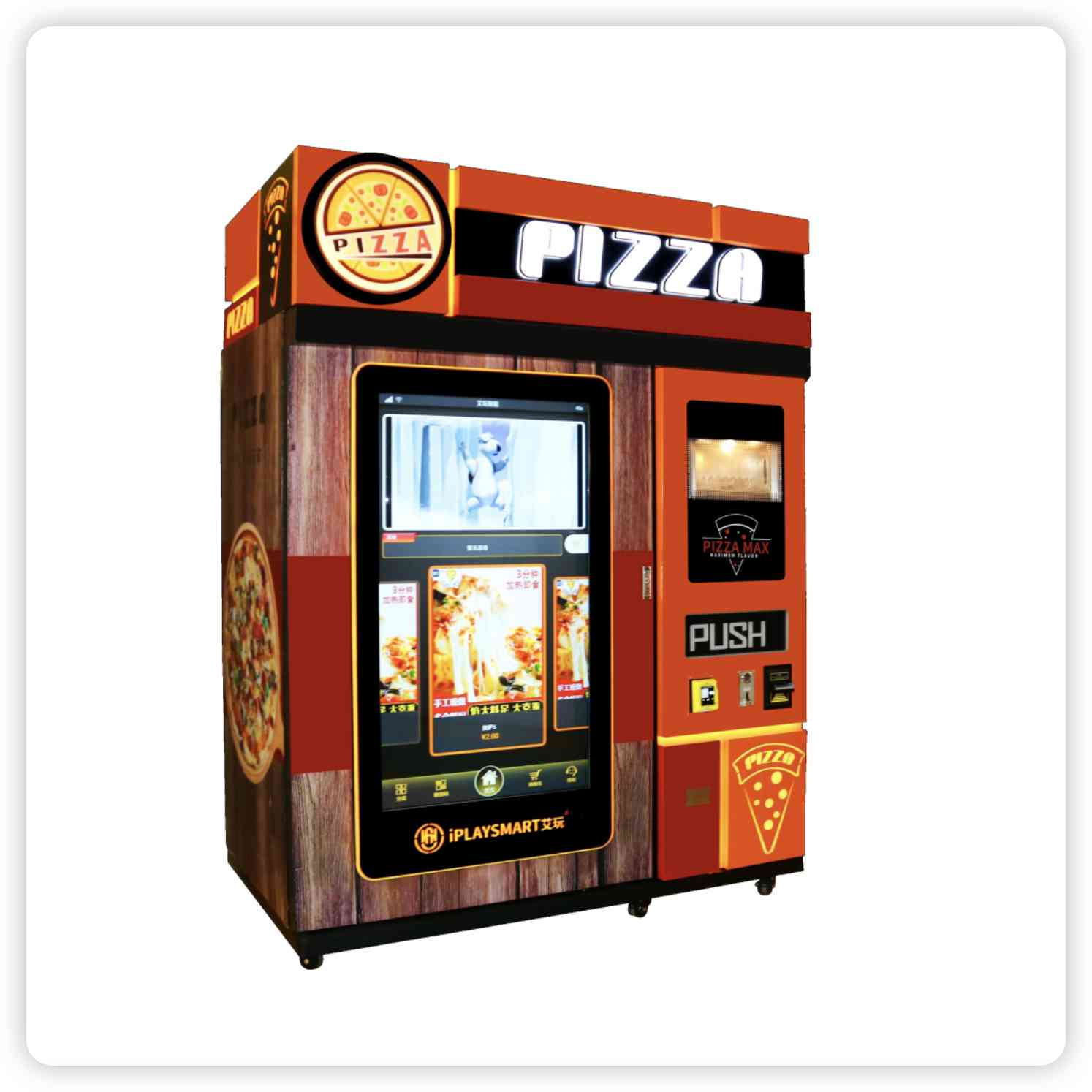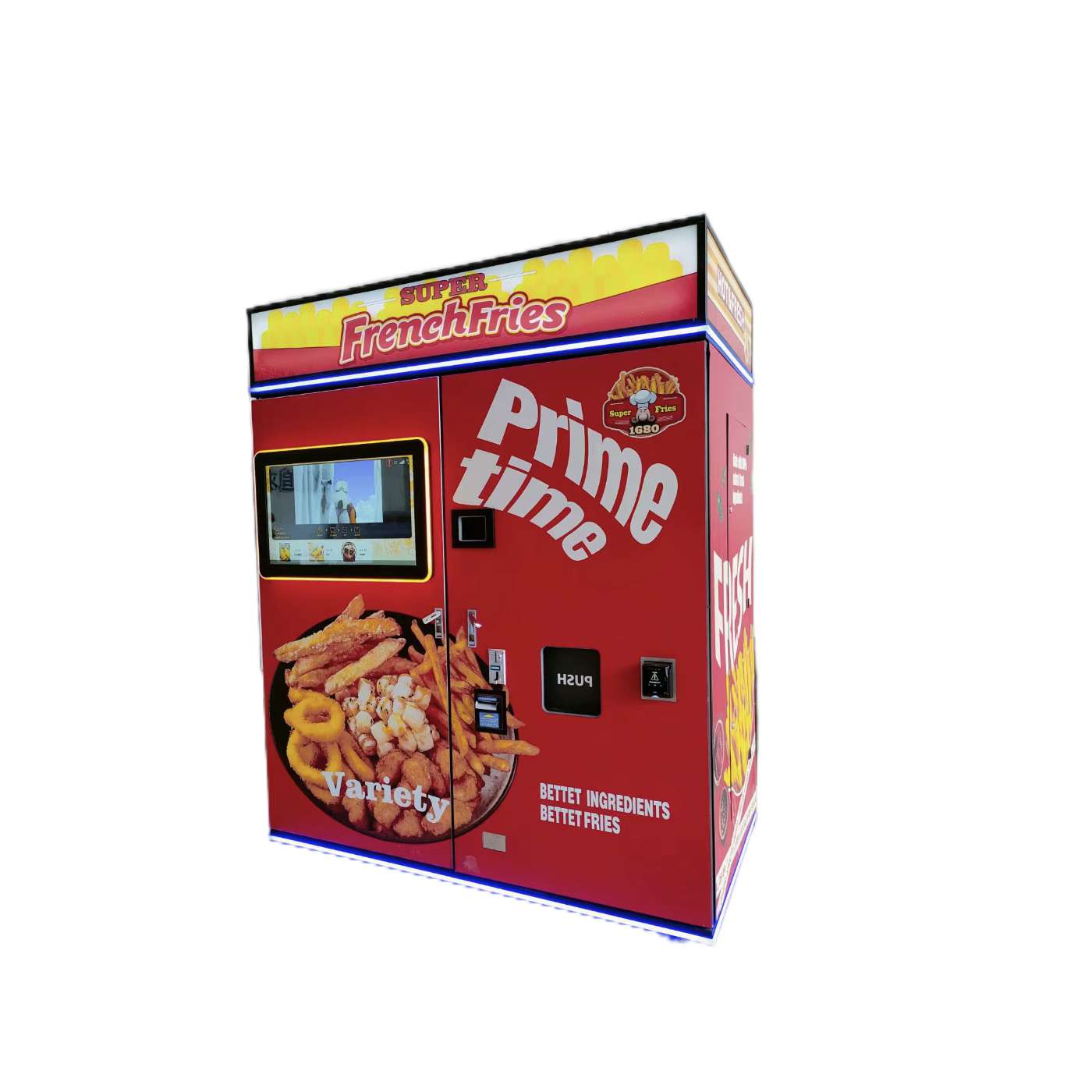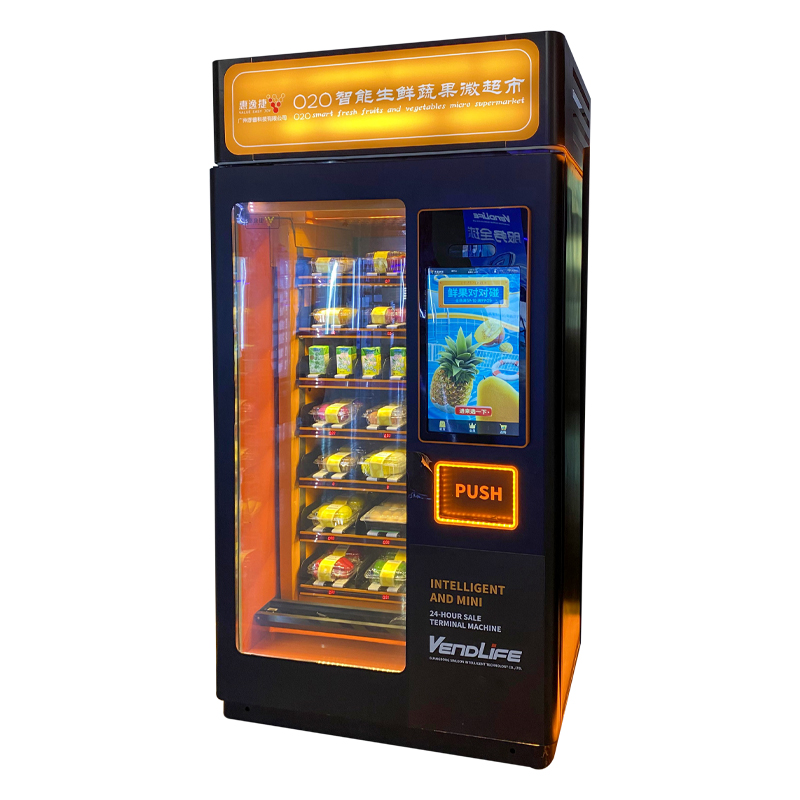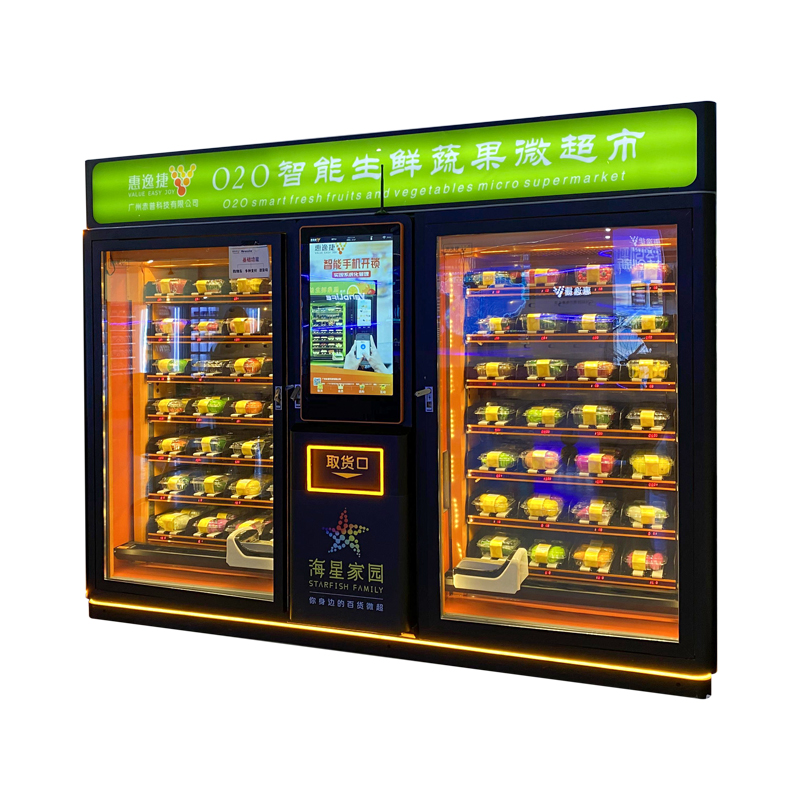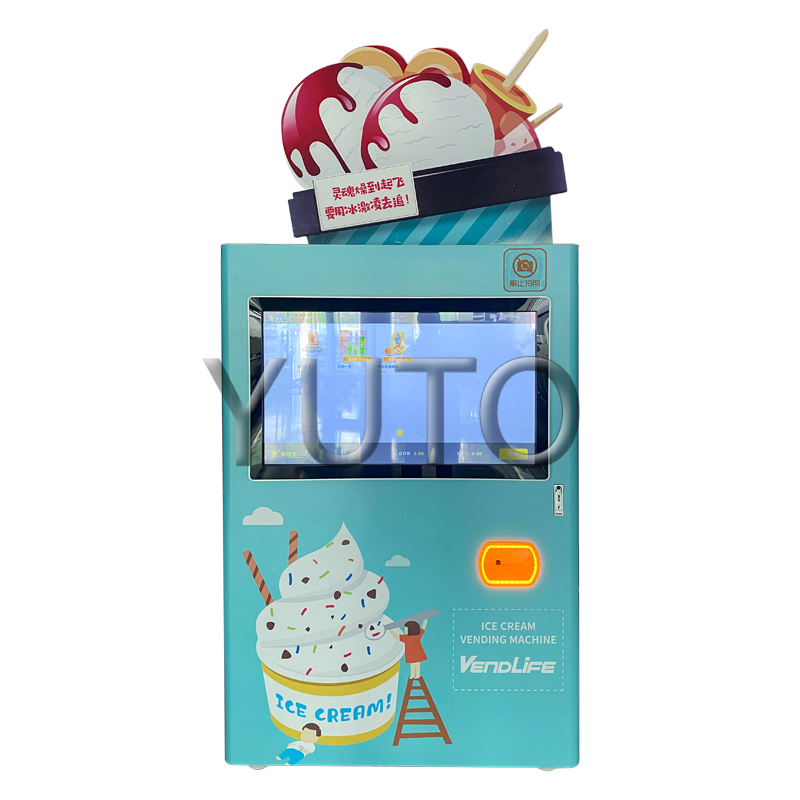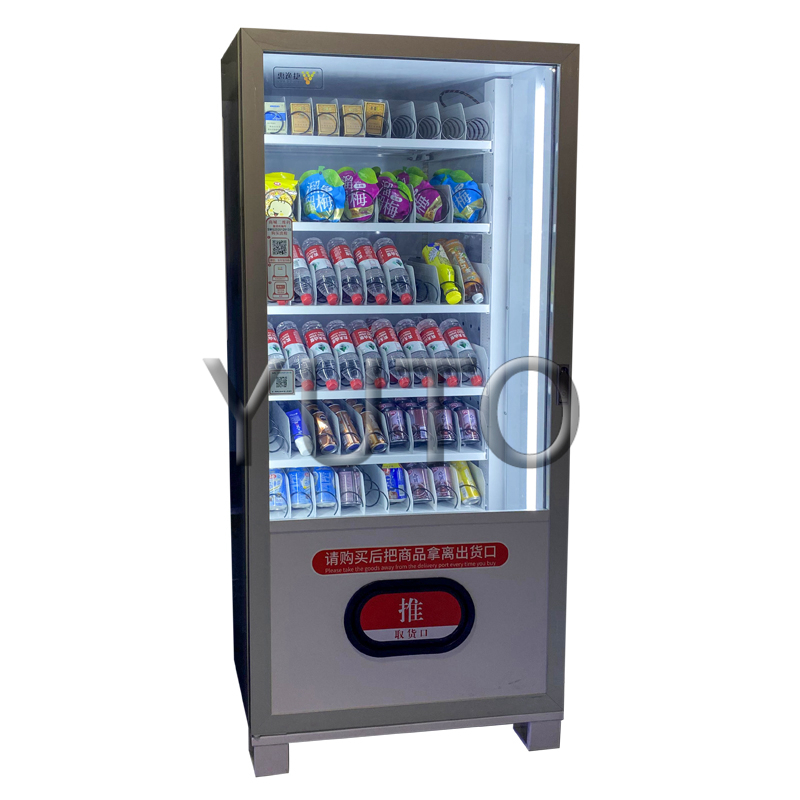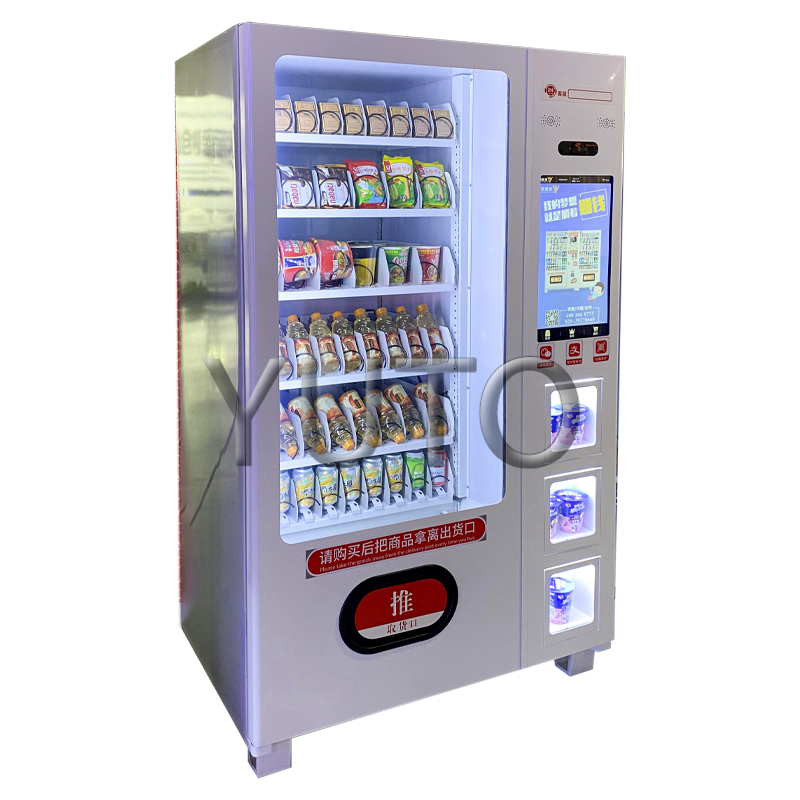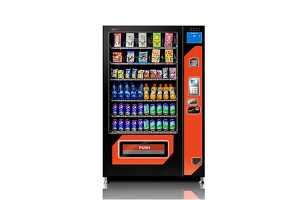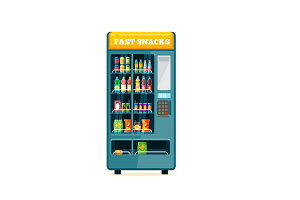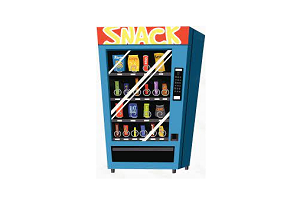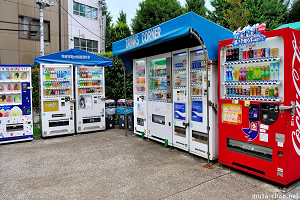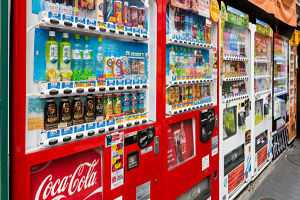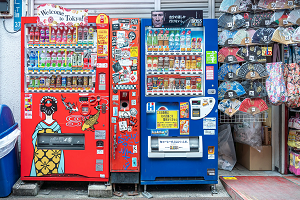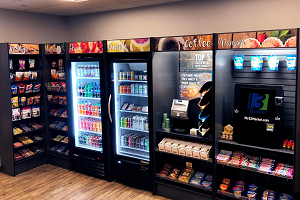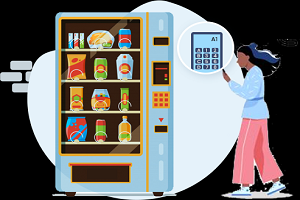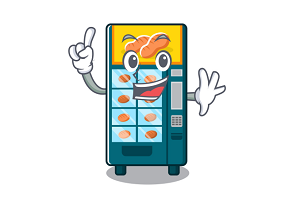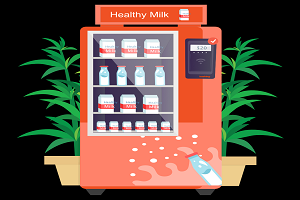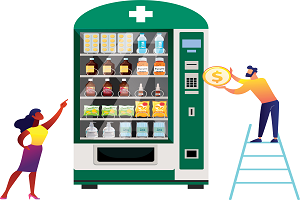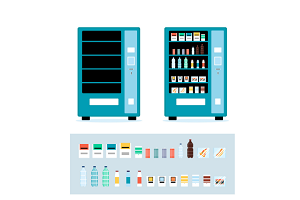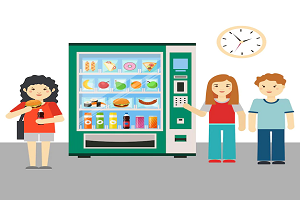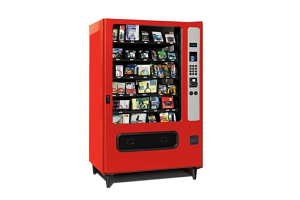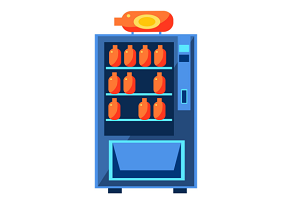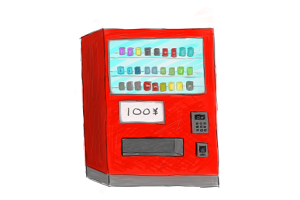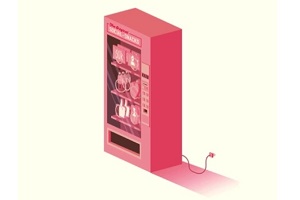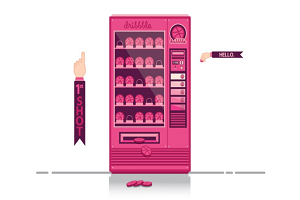Best Vending Machine For Sale|Factory Price Drinking Vending Machine Made In China
What Is A Vending Machine
Vending machine, the English name (Vending Machine, VEM), is a machine that can automatically pay according to the money put in.
Vending machines are commonly used equipment for commercial automation. They are not limited by time and place, and can save manpower and facilitate transactions.
It is a brand-new form of commercial retail, also known as a 24-hour micro supermarket.Common vending machines are divided into four types: drink vending machines, food vending machines, integrated vending machines, and cosmetic vending machines.
Vending Machine History
English name: Vending Machine
In the 1st century AD, the device that automatically sold holy water made by the Greek Hiro was the world’s earliest vending machine. In 1925, the United States developed a vending machine for selling cigarettes, and since then there have been various modern vending machines that sell stamps and tickets.
The types, structures and functions of modern vending machines vary according to the items sold, mainly including vending machines for candy, beverages, and newspapers.
A general vending machine consists of a coin device, an indicating device, a storage and vending device, and the like. The coin device is the core of the vending machine, and its main function is to confirm the authenticity of the coins, sort the coins, and calculate the amount.
If the amount invested reaches the value of the purchased item, a sell signal is sent and the remaining money is found. The indicating device is used to indicate the variety of the commodity selected by the customer.
The storage and vending device stores the commodity, receives the selling instruction signal, and delivers the commodity selected by the customer to the delivery port.
Generally, the coin device of the vending machine is composed of a coin slot, a sorting device, a checking device for confirming the authenticity of coins, a calculating device for calculating the amount, and a money-finding device.
Since the 1970s, there have been various new vending machines controlled by microcomputers and larger-scale unmanned vending systems that use credit cards instead of money and are connected to computers, such as unmanned shopping malls, automatic ticketing and ticket checking systems at stations. , bank cash automatic payment machines, etc.
Vending machines are a brand-new form of commercial retail, developed in Japan and Europe and the United States in the 1970s. It is also known as a 24-hour micro supermarket.
In Japan, 70% of canned beverages are sold through vending machines. The world-renowned beverage maker Coca-Cola has 500,000 beverage vending machines around the world.
All over Japan, there are 5.5 million vending machines (according to 1998 statistics), with sales of 6,896,948,870,000 yen, ranking first in the world.
Operate on the display screen of the vending machine, enter the product number and purchase quantity, and put in coins, the product will come out of the pick-up port, and even hot noodles and rice balls can be bought from the food vending machine.
Although the total number of vending machines in Japan is lower than that in the United States (6.89 million according to 1997 statistics), it is the highest in the world in terms of population, with an average of 35 people in the United States and 23 in Japan. People own one.
In the 17th century, there were cigarette vending machines in small pubs in England. In the long history of vending machines, Japan developed a practical vending machine, which was after entering this century.
The first automatic vending machine in Japan was the “Stamp and Postcard Vending Machine” that came out in 1904. It is a machine that integrates the sale of postage stamps and postcards and the delivery of letters in the mailbox. The real popularity of vending machines came after World War II.
In the 1950s, “water-jet juice vending machines” became popular, and juice was poured into paper cups for sale. Later, as major American beverage companies entered the Japanese market, in 1962, there was a revolution in the distribution field with vending machines as the mainstay.
In 1967, all currencies under 100 yen were changed to coins, thus promoting the development of the vending machine industry.
Vending Machine Prospects
The vending coffee machine is a coffee beverage vending machine that can produce both hot and cold coffee and milk tea juice drinks at the same time, which is time-saving and convenient. It can be used both as an investment and as an employee benefit.
From the perspective of the development trend of vending machines, its emergence is the product of the transformation from a labor-intensive industrial structure to a technology-intensive society.
Mass production, mass consumption and changes in consumption patterns and sales environment require the emergence of new distribution channels; on the other hand, the production of new distribution channels such as supermarkets, department stores, and shopping malls has led to rising labor costs; coupled with the limitations of venues As well as the constraints of these factors such as the convenience of shopping, unmanned vending machines have emerged as a necessary machine.
In a broad sense, it is a machine that sells goods by inserting coins, banknotes, credit cards, etc., and in a narrow sense, it is a machine that automatically sells goods.
From the perspective of supply conditions, vending machines can fully supplement the shortage of human resources and adapt to changes in consumption environment and consumption patterns. The 24-hour unmanned vending system can be more labor-saving, requires less capital and small area for operation, and is attractive People’s purchase of curiosity’s own performance can well solve the problem of rising labor costs and other advantages.
The vending machine industry is moving towards informatization and further rationalization. For example, the online mode is implemented, and the inventory information in the vending machine is timely transmitted to the computers of each business point through the telephone line, thereby ensuring the smooth progress of the delivery, replenishment and selection of goods.
In addition, in order to prevent global warming, the development of vending machines is devoted to energy saving, and energy-saving soft drink vending machines have become the mainstream of the industry.
During peak electricity consumption in summer, this type of vending machine can keep the temperature even with the cooler turned off, saving 10-15% of electricity compared to previous vending machines.
When entering the 21st century, vending machines will also further develop in the direction of saving resources and energy and high functionality.
Automation is the future, whether in manufacturing, service or retail. We will all see more equipment replacing human labor. Under such a big trend, the future of the vending machine industry is bright.

